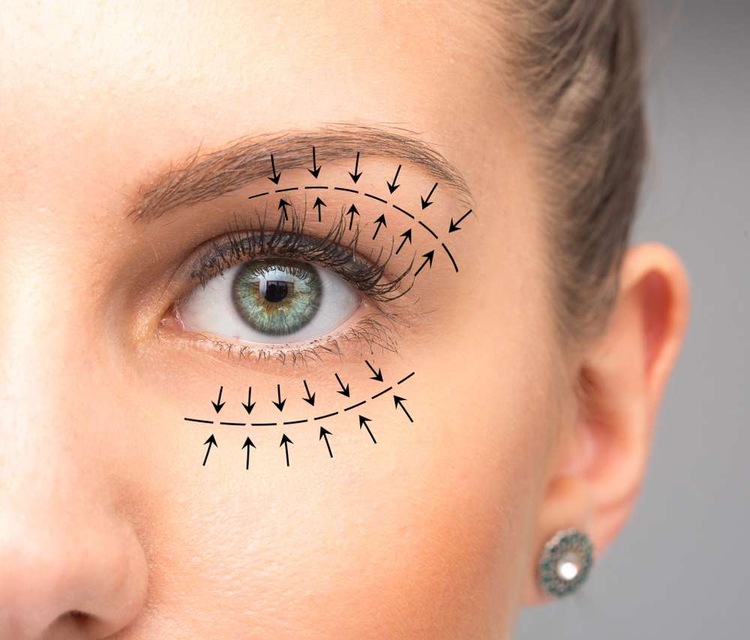The Resurgence of Minimalist Fashion: Embracing Simplicity in a Complex World
In the ever-spinning carousel of fashion, styles and trends come and go, but there's one movement that has managed to stand the test of time—Minimalist fashion. Known for its simplicity and refinement, this fashion trend has been making waves in the industry for several years. But, why is it gaining so much traction now? And what does it say about our current cultural landscape? Let's dive in and uncover the allure of minimalist fashion.

The Genesis of Minimalist Fashion: A Brief History
Minimalist fashion can be traced back to the 1960s, where designers like Calvin Klein and Giorgio Armani were lauded for their clean lines and subdued color palettes. This style was a stark contrast to the flamboyant and colorful trends of the time. Minimalism continued to thrive in the 90s, with designers like Helmut Lang and Jil Sander leading the charge. They championed pared-down aesthetics that focused more on the clothing’s form and function rather than ornate embellishments.
The Minimalist Revival: Current Fashion Landscape
Today, minimalist fashion is experiencing a notable revival. Brands like COS, Everlane, and Uniqlo have built their entire ethos around minimalist principles, reflecting a growing consumer preference for simplicity and longevity over fast-changing trends. This resurgence can be attributed to the current socio-economic climate, where consumers are increasingly valuing sustainability, quality, and timeless appeal. This shift towards a more conscious, less-is-more mindset has positioned minimalist fashion as a key player in the current fashion landscape.
The Appeal and Influence of Minimalist Fashion
So, why are consumers gravitating towards minimalist fashion? The appeal lies in its simplicity and versatility. Minimalist fashion offers a refreshing departure from the fast-paced nature of trend-driven fashion. It promotes a more thoughtful approach to style—one that values quality over quantity and longevity over fleeting trends. This has encouraged consumers to curate more purposeful wardrobes, reducing the environmental impact of fast fashion.
The Evolution of Minimalist Fashion: The Future
Minimalist fashion is not static. It’s continually evolving to align with our changing lifestyles and values. Today, we see a fusion of minimalist principles with athleisure—a trend that champions comfort and functionality. This trend, dubbed ‘ath-flow’, is set to dominate 2021 and beyond. It’s a testament to minimalist fashion’s adaptability and enduring appeal, signaling a bright future for this timeless style.
Making Minimalism Work for You: Expert Styling Tips
- Invest in Quality Basics: Well-made basics are the cornerstone of a minimalist wardrobe. Look for neutral hues and timeless silhouettes that can be mixed and matched with ease.
- Embrace Layering: Layering adds depth and interest to minimalist outfits. Play with different textures, lengths, and proportions to create a dynamic look.
- Focus on Fit: Minimalist fashion is all about subtlety and refinement. Ensure your clothes fit you well and flatter your body shape.
- Simplify Accessories: Keep your accessories minimal and refined. Opt for understated jewelry, simple bags, and streamlined shoes.
Conclusion
Minimalism’s resurgence in fashion is a testament to our evolving social consciousness and a reflection of our desire for simplicity in a complex world. It’s a fashion movement that encourages us to step back from the frenetic pace of trend-driven fashion and embrace a more thoughtful, quality-focused approach to style. As we venture further into the 21st century, minimalist fashion offers a beacon of calm and sustainability in the ever-changing landscape of fashion.




